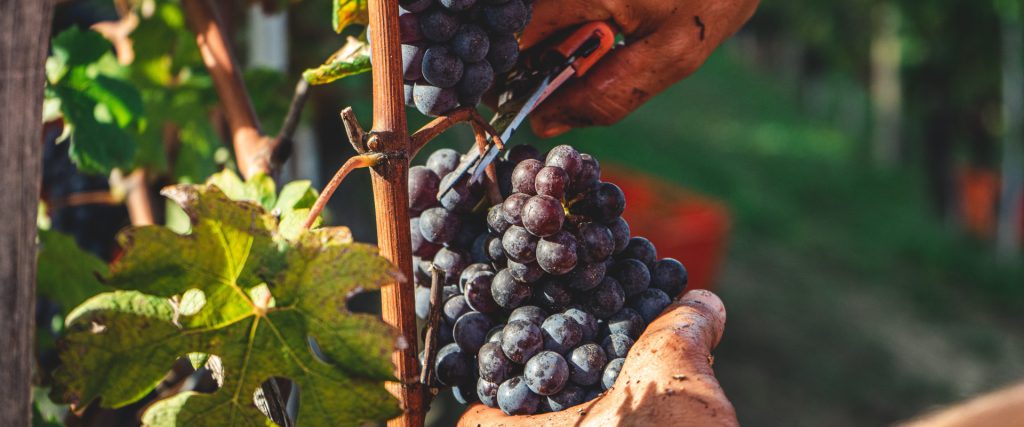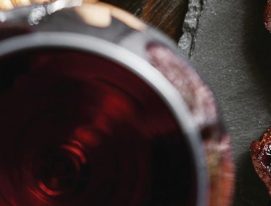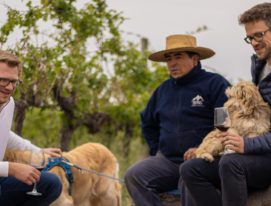The wine production process generates, according to information from the International Wine Organization (OIV), a large amount of solid winery waste. 100 kilos of grapes generate about 25 kilos of waste, of which 50% are grape skins, 25% stalks and 25% seeds.
This makes management of winery waste a key part of reducing the industry’s negative impact on the environment. In that regard, Wines of Argentina (WofA), the entity responsible for the promotion of Argentine Wine in global markets, is, as part of its comprehensive sustainability program for the Argentine Wine industry, Sustenta-Vitis, implementing its WofA Recupera program, which provides assistance to wineries on classifying said waste.
Winery waste: Forward-looking projects
Over a dozen wineries in Mendoza, Río Negro, Buenos Aires and Salta have already signed up to the plan of winery waste, which offers free specialized technical advice together with other institutions that specialize in the area, such as Reciclarg.
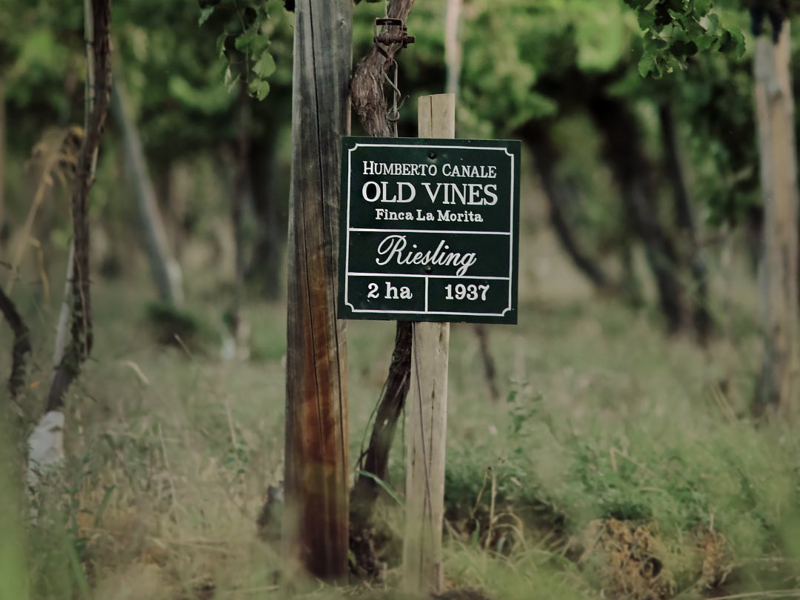
One of them is Humberto Canale, a venerable winery in Río Negro. Juan Martin Vidiri, the head of production at the winery, reports that, as participants of the program, they’ve been through different stages. The first is self-evaluation of circularity, a stage in which they assess how the winery manages its resources, classifies them and determines what action to take to improve the process. “It helps us to know where we are and how we’re going to recycle in each area,” he explains.
In the second stage, examples of low and high circularity are identified. “In the case of disposal of empty containers of agrichemicals and plastics, in general, we’re very well-organized. But in the case of electronics and electrical implements, we need to improve.”
In addition to this, in line with the 2030 Agenda proposed by the United Nations (UN), and as they also produce fruit, they have taken action such as cleaning Lagoon and Stream 173 (named after the estates on which they are found). Used for years to deposit waste, things gradually began to change around thirty years ago and today they are examples of a restored ecosystem.
Vidiri adds that in recent years, Humberto Canale have installed 196 photovoltaic panels on the roofs to produce clean energy that supplies 40% of the winery’s needs. In addition, the winery’s byproducts and cuttings from the pruning process are converted into compost to nourish the crops.
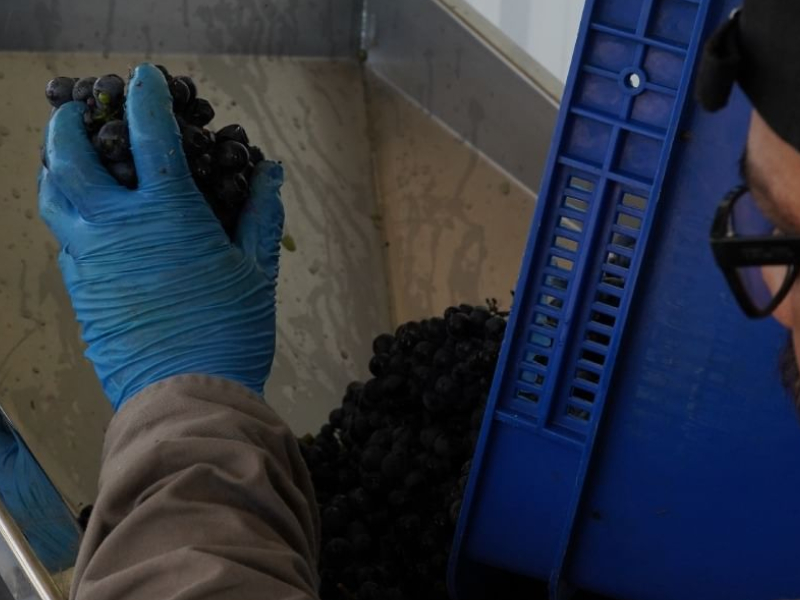
Moving further up the country, in the Province of Buenos Aires, Puerta del Abra, a pioneering family winery in the area, is taking its first steps towards sustainability. In their case, also with the help of WofA Recupera, they’re not just restructuring their procedures in the field and the winery, they’re also making progress in waste management.
“At the winery and vineyard, there’s a lot of waste you maybe don’t know how to process, what path to take, whether it’s recyclable, whether it’s something that can be re-used, whether it’s something to be discarded or given a specific treatment,” says Delfina Pontaroli, the winery oenologist.
In that regard, she says that the advice of the technical team from WofA has helped them to come up with a plan of action to improve management of all the waste produced during the winemaking process in the best way possible.
A second chance
A very important concept in winery waste management is the circular economy in which waste is re-entered into the system, generating a benefit for the winery or other associated enterprises. The most common example at every viticultural establishment is compost: the waste produced during the harvest, pruning or in each of the productive processes is a natural fertilizer that is good for the plants.
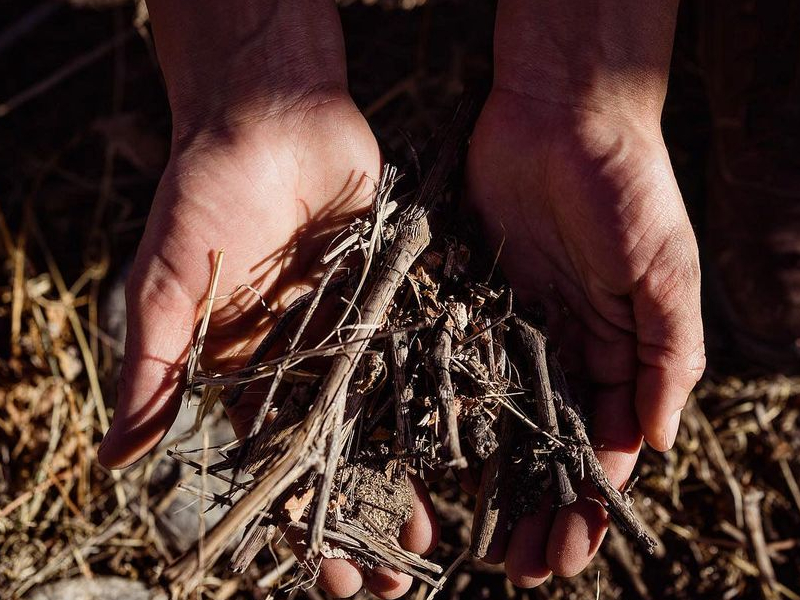
There are plenty of other examples, such as that of Dal Borgo. Eugenia Mestre, the agricultural engineer at the Salta winery, reports that they separate their waste into three large categories: vineyard, winery and tourist center. The dry waste from the latter two is sorted and donated to the Cafayate Art School. “The students use our donations to make shopping baskets and for other crafts.”
In Mendoza, the sustainability work being done at Rosell Boher stands out, both at the winery and their award-winning accommodation. In addition to re-using waste from the vineyard and solid waste from their olive oil production as fertilizer, the Lodge has a water treatment plant that then deploys the water for irrigation.
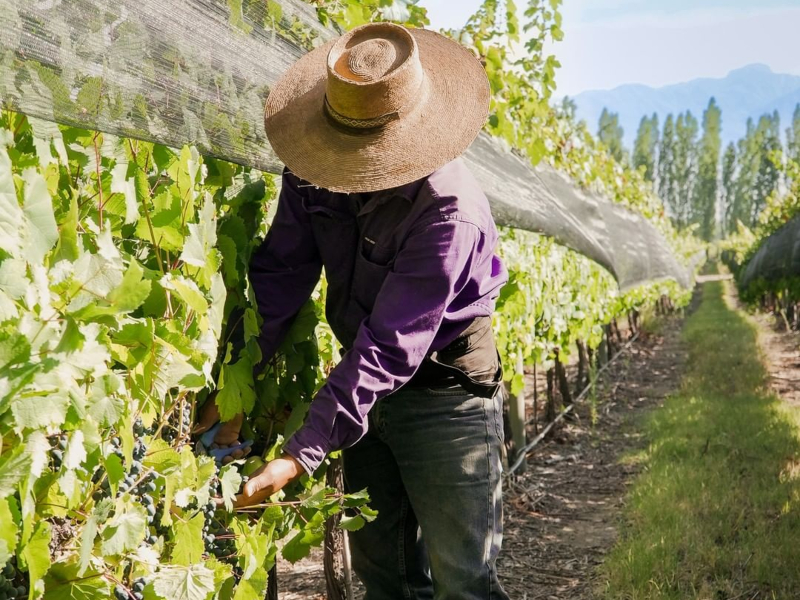
Alejandra Gil Posleman, the manager at Rosell Boher, adds that the bottles and all the glass generated are sold to Veralia, a company that makes glass bottles for the industry, which reuses them and the proceeds are then donated to the Humberto Notti Pediatric Hospital Foundation.
Meanwhile, the plastic and cardboard waste is donated to different institutions that concentrate on crafts or produce bricks, curtains, and furniture with the material they recycle.
“We started out with this several years ago, partially because we believed in it and partially because the tourists who come to stay at the accommodation prefer a more sustainable vision for our services. Today, we have several certifications and we’re in the process of being certified as a B Corp,” Alejandra Gil Posleman concludes.

